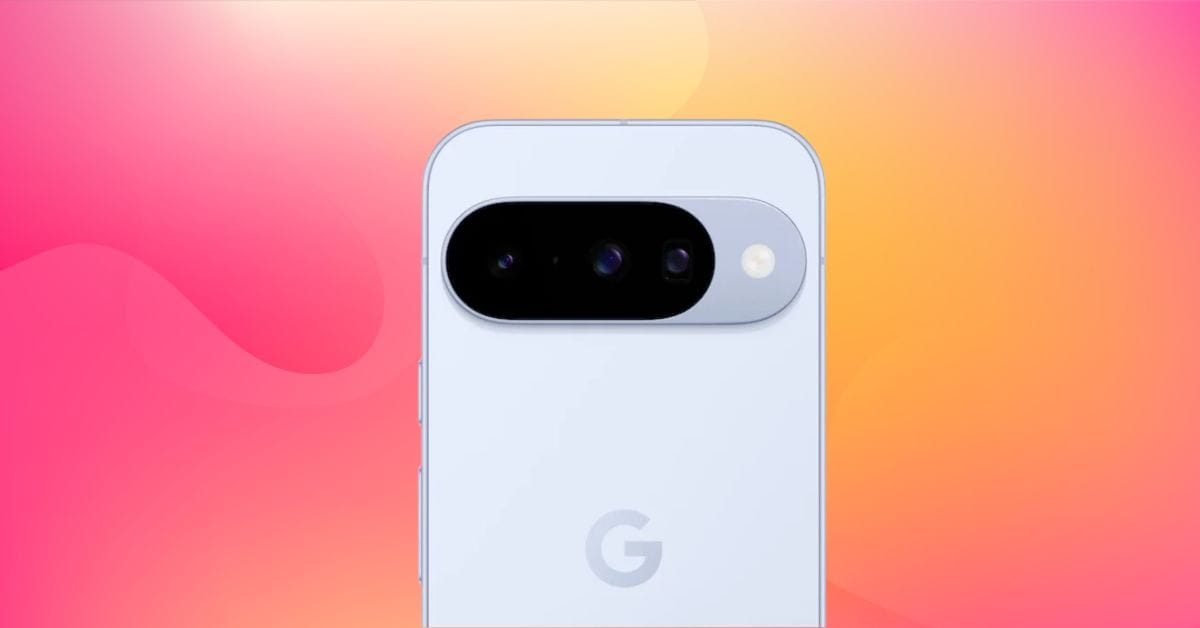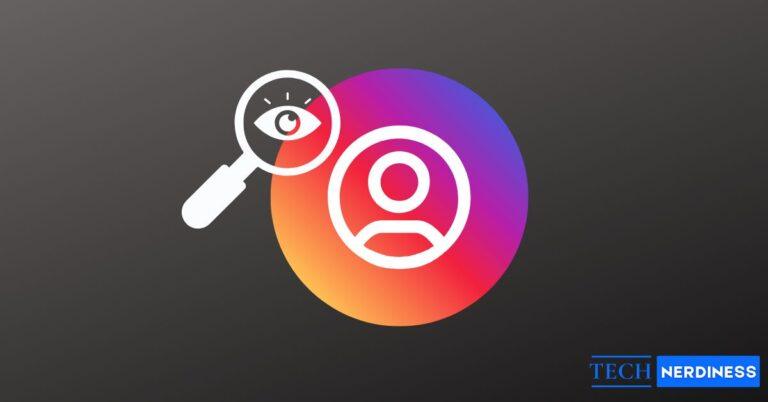- Pixel 10 Camera Hardware and AI Features: The Pixel 10 lineup emphasizes camera improvements with both hardware upgrades and new AI features, aiming to enhance photography quality and versatility.
- Triple Camera Setup on All Pixel 10 Models: Every Pixel 10 model now includes a triple-camera system, with enhanced sensors and a dedicated telephoto lens, providing a comprehensive photography experience.
- Introduction of 100x Zoom in Pixel Series: Google introduces 100x zoom capability with the Pixel 10 Pro and Pro XL, utilizing a 5x telephoto lens and AI processing to compete with flagship zoom features.
- Enhanced Stabilization for Better Photos and Videos: The Pixel 10 series features improved optical image stabilization that doubles the previous range, resulting in steadier shots and smoother videos, especially in low-light conditions.
- AI-Driven Photography Guides and Real-Time Editing: New AI tools like Camera Coach and conversational editing help users improve their photography skills and edit photos using simple commands, making advanced photography more accessible.
Pixel phones have always been known for their cameras, but lately, many people feel they are slipping behind the competition. With the Pixel 10 lineup (Pixel 10, Pixel 10 Pro, Pixel 10 Pro XL, and Pixel 10 Pro Fold), Google is clearly trying to change that story. This year, cameras are the star of the show, with both hardware upgrades and new AI features. Let’s break down what’s new.
Table of Contents
- Quick Look at Pixel 10 Lineup's Camera Specs:
- Every Pixel 10 Now Comes with a Triple Camera Setup
- Google Finally Brings 100x Zoom to the Pixel Series
- Better Stabilization for Photos and Videos
- Meet Camera Coach: AI Photography Guide
- Auto Best Take Makes Group Photos Stress-Free
- Portrait Mode Now Looks More Professional
- Video Recording Gets a Major Boost
- Audio Magic Eraser Cleans Up Background Noise
- Editing Photos with Just Your Voice or Text
- Guided Frame: Making Photography More Accessible
- Proving Your Photos Are Real with Content Credentials
Quick Look at Pixel 10 Lineup’s Camera Specs:
| Model | Main Camera | Ultra-wide Camera | Telephoto Camera | Front Camera |
|---|---|---|---|---|
| Pixel 10 | 48 MP (OIS, PDAF, f/1.7, 25mm, 1/2” sensor, 0.8µm) | 13 MP (1/3.1”) | 10.8 MP (Telephoto, OIS, PDAF, f/3.1, 112mm, 1/3.2”, 5x optical) | 10.5 MP (4K UHD) |
| Pixel 10 Pro | 50 MP (OIS, PDAF, f/1.7, 1/1.3”) | 48 MP (f/1.7, 1/2.55”) | 48 MP (Telephoto, f/2.8, 1/2.55”, 5x optical) | 42 MP (4K UHD) |
| Pixel 10 Pro XL | 50 MP (OIS, PDAF, f/1.7, 25mm, 1/1.3”, 1.2µm) | 48 MP (f/1.7, 1/2.55”) | 48 MP (Telephoto, OIS, PDAF, f/2.8, 113mm, 1/2.55”, 5x optical) | 42 MP (4K UHD) |
| Pixel 10 Pro Fold | 48 MP (OIS, PDAF, f/1.7, 25mm, 1/2”, 0.8µm) | 10.5 MP (f/2.2, 1/3.4”, Macro Focus) | 10.8 MP (Telephoto, OIS, PDAF, f/3.1, 112mm, 1/3.2”, 5x optical) | 10 MP (front & inner, 4K UHD) |
Every Pixel 10 Now Comes with a Triple Camera Setup
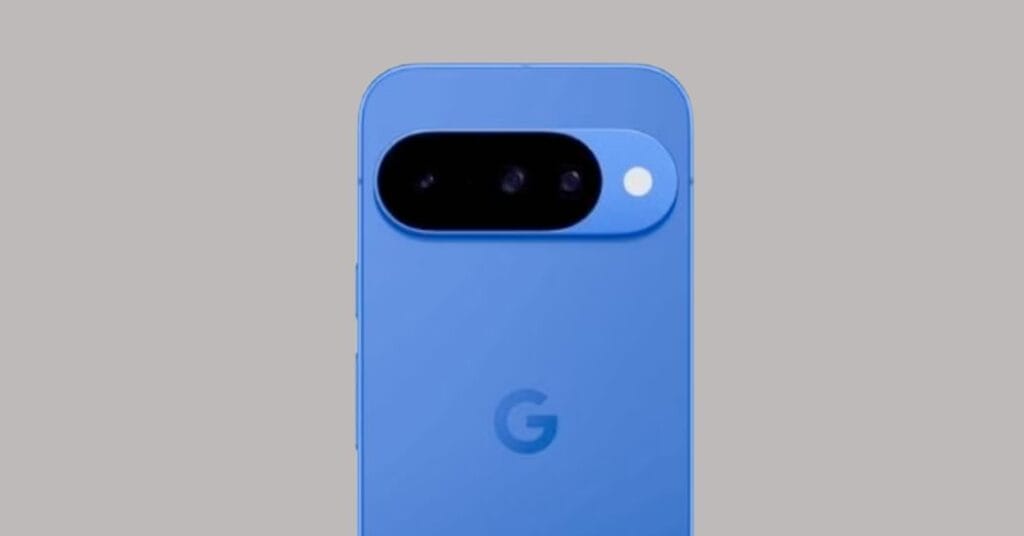
This year marks a big change: every Pixel 10 phone now comes with a triple-camera system. For the first time, even the base Pixel 10 has its own dedicated 5x telephoto camera alongside the main and ultrawide sensors. The Pro models refine the setup with higher resolution sensors, while the Pro Fold brings a unique twist with Macro Focus support, making the foldable just as capable for photography. No matter which Pixel 10 you choose, you’re getting the full three-camera experience.
Google Finally Brings 100x Zoom to the Pixel Series
For years, Samsung and other brands marketed their 100x zoom while Pixel owners were capped at a maximum photo zoom of up to 30x and video zoom up to 20x.
With the Pixel 10 Pro and Pro XL, Google is finally catching up. Using a 5x telephoto lens paired with Tensor G5’s Pro Res Zoom and AI processing, these phones now push zoom all the way to 100x. This brings Pixels in line with the competition and finally gives long-zoom fans a reason to stick with Google’s phones.
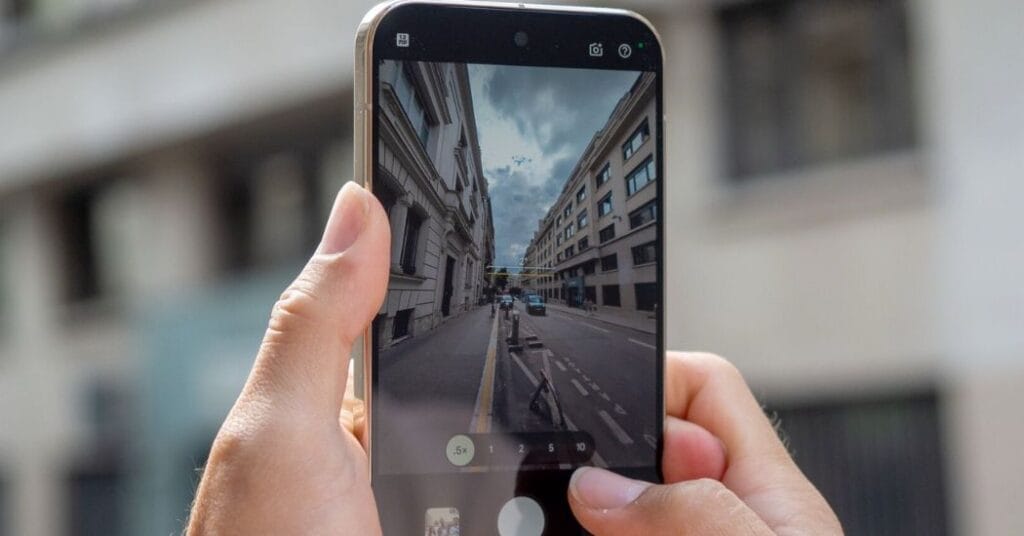
While the results look better than what we usually expect from a 100x camera, many people are already pointing out that they look a bit artificial. In the end, it’s up to you to decide whether you’re okay with photos that are part real and part AI guesswork.
Better Stabilization for Photos and Videos
One of the quieter but most important upgrades in the Pixel 10 series is stabilization. Google has re-engineered its optical image stabilization (OIS) system, doubling the range of compensation compared to the previous generation.
In practice, this means the camera can correct for more handshake and movement before it shows up in your photo or video. It’s especially useful when shooting in low light, where even a tiny movement can blur the shot.
For video, OIS works hand-in-hand with Google’s improved Video Boost. The phone captures more light and color data as you record, then uses AI to process it into a steadier, brighter clip. Combined with other stabilization modes like Active, Locked, and Cinematic Pan, the Pixel 10 lineup delivers some of the smoothest video ever on a Pixel phone.
Meet Camera Coach: AI Photography Guide
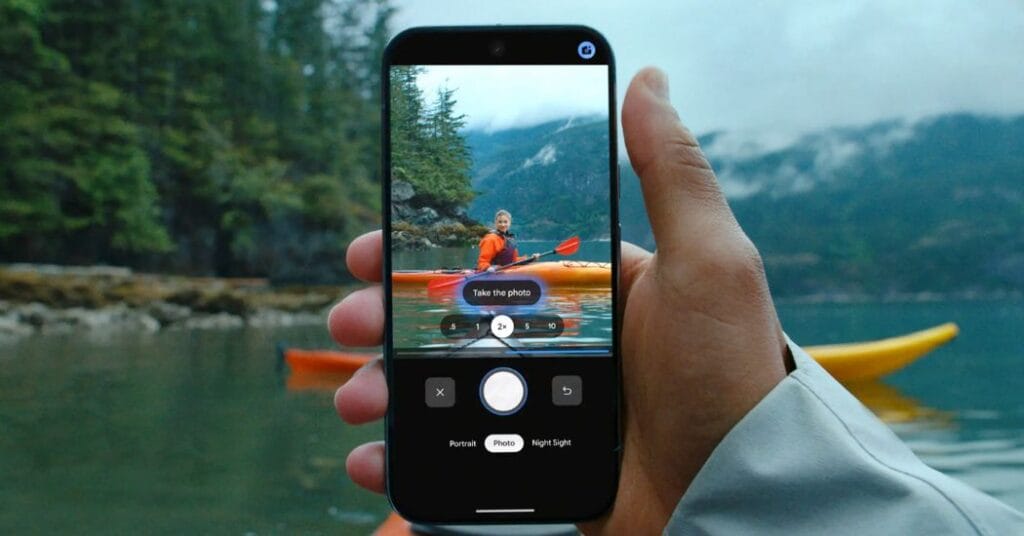
Camera Coach is a new AI tool that helps you take better pictures while you are shooting, not after. Powered by Gemini AI, it looks at the scene in real time and gives you simple tips.
It might tell you to tilt the phone, move closer, switch to portrait mode, or remind people to look at the camera. If you’re out of ideas, it can also show you example photos and guide you step by step to capture something similar.
The goal is to help you learn good habits right when you take the photo. Over time, you start to notice lighting, angles, and framing more naturally, like having a friendly coach built into your Pixel. This is an on-device AI feature, so you don’t even need the internet for it to work.
Auto Best Take Makes Group Photos Stress-Free
Group photos are often tricky; someone blinks, looks away, or gets caught mid-sneeze. Google first tried solving this in 2023 with Best Take, and now it’s stepping it up for the Pixel 10 series.

Auto Best Take can recognize when you’re taking a group shot, fire off up to 150 frames in seconds, and then merge them into one photo where everyone looks their best. You don’t even have to manually choose expressions anymore. The AI does the heavy lifting for you. On top of that, the Add Me feature has also been improved, letting the photographer slip into even bigger group shots with ease.
Portrait Mode Now Looks More Professional
Portrait Mode has always been one of Pixel’s signature features, and with the Pixel 10 series, it’s getting even better. Google has improved how the camera separates the subject from the background, which means cleaner edges around hair, faces, and clothing.
The overall detail and texture look sharper too, so portraits feel more lifelike. On the Pro models, you can now shoot 50 MP high-resolution portraits, giving you enough detail to crop in or print large photos without losing quality. For everyday users, this means portraits that look closer to what you’d expect from a professional camera.
Video Recording Gets a Major Boost
The Pixel 10 series takes video as seriously as photos. On the Pro models, you get 8K video recording at 24 or 30 fps, something you won’t find on the base Pixel 10. Night Sight Video, Macro Focus Video, and advanced stabilization options make recording versatile in any situation.
Features like Cinematic Blur, Slo-mo at up to 240 fps, and time-lapse modes add more creative control.
Audio Magic Eraser Cleans Up Background Noise
When you record a video, the picture often looks fine, but the sound can get ruined by background noise like people talking, cars passing by, or wind blowing. Audio Magic Eraser is Google’s tool to fix that. First introduced with the Pixel 8, it comes back in the Pixel 10 series with upgrades.
The feature uses AI to separate voices from unwanted sounds in your video. With a tap, you can lower or remove the noise so the main sound is clearer. This makes your clips sound as polished as they look, which is great for vlogs, family videos, or anything you plan to share online.
Editing Photos with Just Your Voice or Text

In Google Photos, the new Conversational Editing lets you describe edits instead of digging into menus. You can type, speak, or choose suggested prompts to tell the AI what to fix.
For example:
- Ask it to remove strangers from a selfie.
- Request lighting adjustments.
- Stack multiple edits in sequence.
All edits run on Gemini Nano. If you don’t like a change, you can easily revert to earlier versions.
Pro models add more advanced tools such as Pixel Studio, Sky Styles, Reimagine, and Resize & Move Subjects, which let you change the look or adjust people and objects in the frame. Classic tools like Magic Eraser and Photo Unblur are still here, too.
Guided Frame: Making Photography More Accessible
Google hasn’t forgotten inclusivity. Guided Frame, now powered by Gemini AI, is made for people who are blind or have low vision. It gives step-by-step help while taking a photo by using audio prompts, vibrations, and spoken scene descriptions. This means users can align the camera, know what’s in the frame, and snap a clear picture without needing someone else’s help.
Proving Your Photos Are Real with Content Credentials
For the first time, all Pixel 10 phones support C2PA Content Credentials. This feature adds secure, tamper-proof information (metadata) to every photo. It records details like when the photo was taken, what edits were made, and confirms that the image is authentic.
All of this happens on the device itself, and you can view the credentials directly in Google Photos. This helps fight misinformation and gives users and viewers confidence that what they are seeing is real.
Final Thoughts
The Pixel 10 series doesn’t just improve specs; it rethinks how a smartphone camera should work. From AI-powered coaching to conversational editing, it makes professional-level photography and videography accessible to anyone. Whether you’re shooting portraits, zooming into details, or editing with a quick command, the Pixel 10 cameras feel built for real-life moments.
Check out these helpful guides:

